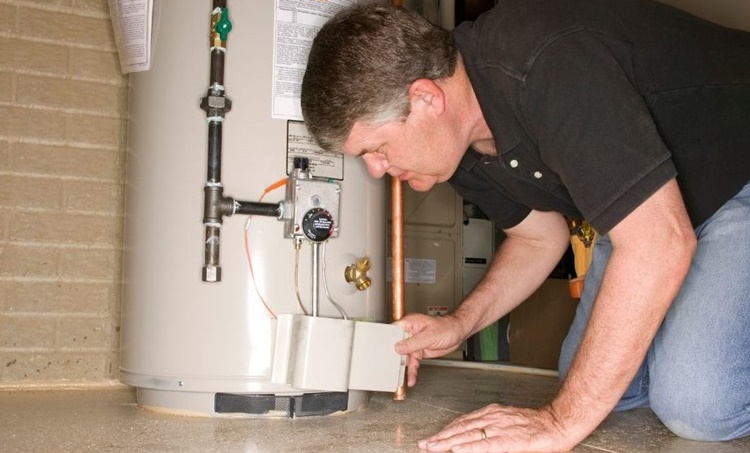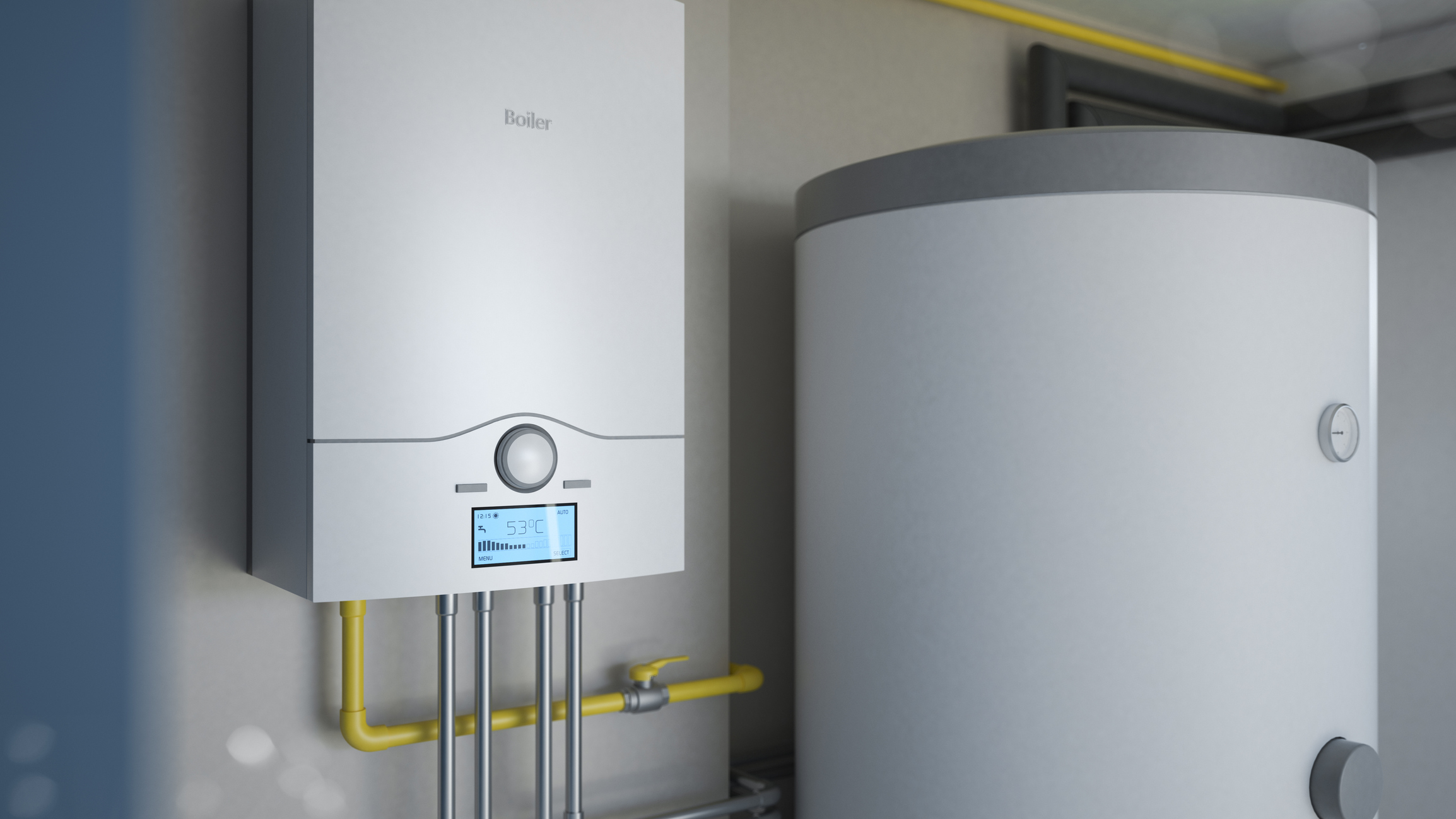How to Properly Care for Your Home's Hot Water System
How to Properly Care for Your Home's Hot Water System
Blog Article
The publisher is making a few good pointers about Tips on Maintaining a Water Heater in general in the content down the page.

Hot water is essential for everyday comfort, whether it's for a rejuvenating shower or cleaning recipes. To guarantee your warm water system runs successfully and lasts much longer, routine upkeep is key. This article offers practical tips and insights on how to maintain your home's hot water system to avoid disruptions and costly repairs.
Intro
Keeping your home's warm water system could appear complicated, however with a few easy actions, you can guarantee it runs efficiently for many years to find. This guide covers whatever from understanding your hot water system to DIY maintenance suggestions and knowing when to call in professional assistance.
Significance of Maintaining Your Hot Water System
Normal upkeep not just prolongs the lifespan of your hot water system yet additionally guarantees it operates efficiently. Neglecting upkeep can cause reduced efficiency, higher power expenses, and even premature failing of the system.
Indications Your Warm Water System Demands Maintenance
Knowing when your warm water system requires interest can prevent significant problems. Look out for signs such as irregular water temperature, strange sounds from the heating unit, or rusty water.
Recognizing Your Warm Water System
Before diving right into upkeep tasks, it's handy to comprehend the basic parts of your hot water system. Generally, this consists of the water heater itself, pipelines, anode rods, and temperature level controls.
Month-to-month Maintenance Tasks
Normal regular monthly checks can aid catch small problems before they intensify.
Flushing the Hot Water Heater
Flushing your hot water heater eliminates sediment accumulation, improving performance and prolonging its life.
Monitoring and Replacing Anode Rods
Anode poles avoid deterioration inside the storage tank. Checking and replacing them when worn is crucial.
Checking and Readjusting Temperature Setups
Adjusting the temperature level settings makes sure optimal efficiency and safety and security.
DIY Tips for Upkeep
You can carry out numerous maintenance tasks on your own to keep your warm water system in leading condition.
Looking for Leaks
Frequently evaluate pipes and links for leakages, as these can result in water damages and higher expenses.
Examining Pressure Relief Valves
Examining the pressure relief valve guarantees it functions properly and stops excessive pressure accumulation.
Shielding Pipes
Protecting warm water pipelines decreases warm loss and can conserve power.
When to Call a Professional
While DIY maintenance is valuable, some issues need expert expertise.
Complex Problems Calling For Professional Assistance
Instances consist of significant leaks, electric troubles, or if your water heater is regularly underperforming.
Routine Expert Upkeep Conveniences
Professional maintenance can include extensive examinations, tune-ups, and making sure conformity with safety and security criteria.
Conclusion
Regular maintenance of your home's hot water system is vital for effectiveness, durability, and price financial savings. By adhering to these pointers and recognizing when to look for specialist help, you can ensure a trustworthy supply of hot water without unforeseen interruptions.
How to Maintain an Instant Hot Water Heater
Before tinkering with your hot water heater, make sure that it’s not powered on. You also have to turn off the main circuit breaker and shut off the main gas line to prevent accidents. Also turn off the water valves connected to your unit to prevent water from flowing into and out of the appliance. 2. When you’re done, you have to detach the purge valves’ caps. These look like the letter “T†and are situated on either side of the water valves. Doing so will release any pressure that has accumulated inside the valves while at the same time avoid hot water from shooting out and burning your skin. 3. When the purge valves’ caps are removed, you have to connect your hosing lines to the valves. Your unit should have come with three hoses but if it didn’t, you can purchase these things from any hardware or home repair shops. You can also get them from retail stores that sell water heating systems. Read the user’s manual and follow it to complete this task properly. When the hosing lines are connected, open the purge port’s valves. 4. You should never use harsh chemical cleaners or solutions when cleaning your unit. Make use of white vinegar instead. It should be undiluted and you’ll probably use about 2 gallons. 5. Now flush your water heater. This task should probably take about 40 minutes. We can’t give you specific directions for this because the procedure is carried out depending on the type, model and brand of your heater. With that being said, refer to the user’s manual. 6. When you’re done draining the unit, you have to turn off the purge port valves again. Remove the hosing lines that you earlier installed on each of the water valves. Put the valve caps (purge port) back in their respective places and be very careful so as not to damage the rubber discs that are found inside these caps. 7. Now that everything’s back in place, check your user’s manual again to find out how to reactivate your water heating system. 8. Once it is working, turn one of your hot water faucets on just to let air pass through the heater’s water supply pipes. Leave the tap on until water flows smoothly out of it. https://www.orrplumbing.com/blog/2014/september/how-to-maintain-an-instant-hot-water-heater/

Do you like reading up on Tips For Maintaining Your Hot Water Heater? Place feedback directly below. We would be pleased to listen to your ideas about this blog entry. Hoping to see you back again before long. So long as you enjoyed our blog post please don't forget to pass it around. Thanks a lot for your time. Come back soon.
Free Quote Report this page